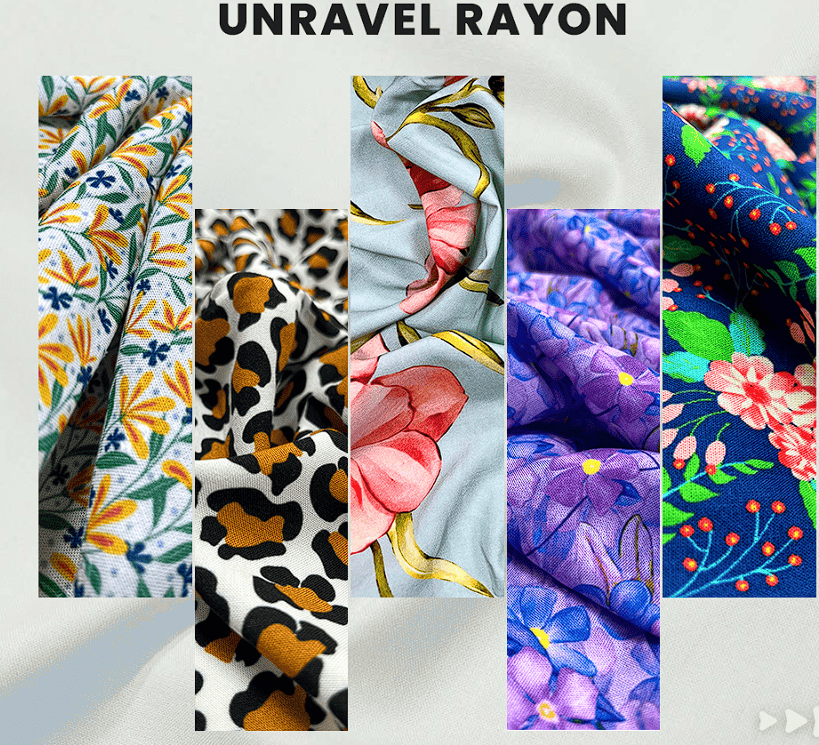Trends
Digital Transformation
Digital transformation is rapidly changing the fashion industry, with brands using technology to improve supply chain management, enhance the customer experience, and personalize products and services. This includes technologies such as AI, augmented reality, and 3D printing.

Sustainability
Sustainability is becoming an increasingly important trend in the fashion industry, with brands focusing on ethical and eco-friendly practices such as using sustainable materials, reducing waste, and promoting fair labor practices.

Fast Fashion vs. Slow Fashion
The fast fashion vs. slow fashion debate continues, with some consumers prioritizing affordability and trendiness, while others seek out high-quality, sustainable garments that will last for years.
Herausforderungen
Supply Chain Management
Supply chain management remains a major challenge in the fashion industry, with many brands struggling to manage complex and fragmented supply chains that involve multiple suppliers, manufacturers, and retailers.

Changing Consumer Preferences
Consumer preferences constantly evolve, and fashion brands must keep up with changing trends and demands to remain relevant and competitive.
Sustainability and Ethical Issues
Sustainability and ethical issues are increasingly important to consumers, and brands that fail to prioritize these concerns risk damaging their reputation and losing customers.

Opportunities for Growth
Direct-to-Consumer (DTC) Brands
Direct-to-consumer brands are growing in popularity, as they offer greater control over the customer experience and can bypass traditional retail middlemen.

Personalization
Personalization is becoming increasingly important to consumers seeking unique and personalized products and experiences. Fashion brands can capitalize on this trend by offering customized garments and accessories.
Sustainability and Ethical Practices
Sustainability and ethical practices are no longer optional in the fashion industry but key differentiators for brands prioritizing these concerns. Brands that adopt sustainable and ethical practices can attract a loyal customer base and improve their reputation.

Abschluss
Innovation and disruption are transforming the fashion industry, with new technologies, business models, and consumer trends creating challenges and growth opportunities. Fashion brands can succeed in this rapidly evolving industry by embracing digital transformation, prioritizing sustainability and ethical practices, and staying ahead of changing consumer preferences.

Häufig gestellte Fragen
Here are some frequently asked questions about fashion business innovation and disruption:
- What is digital transformation in the fashion industry?
Digital transformation in the fashion industry involves using technology to improve supply chain management, enhance the customer experience, and personalize products and services.
- What is sustainability in the fashion industry?
Sustainability in the fashion industry involves ethical and eco-friendly practices such as using sustainable materials, reducing waste, and promoting fair labor practices.
- What is direct-to-consumer (DTC) in the fashion industry?
Direct-to-consumer is a business model that involves selling products directly to customers through online or physical retail channels, allowing fashion brands to bypass traditional retail middlemen.
- What are some opportunities for growth in the fashion industry?
Opportunities for growth in the fashion industry include direct-to-consumer brands, personalization, and sustainability and ethical practices.
























